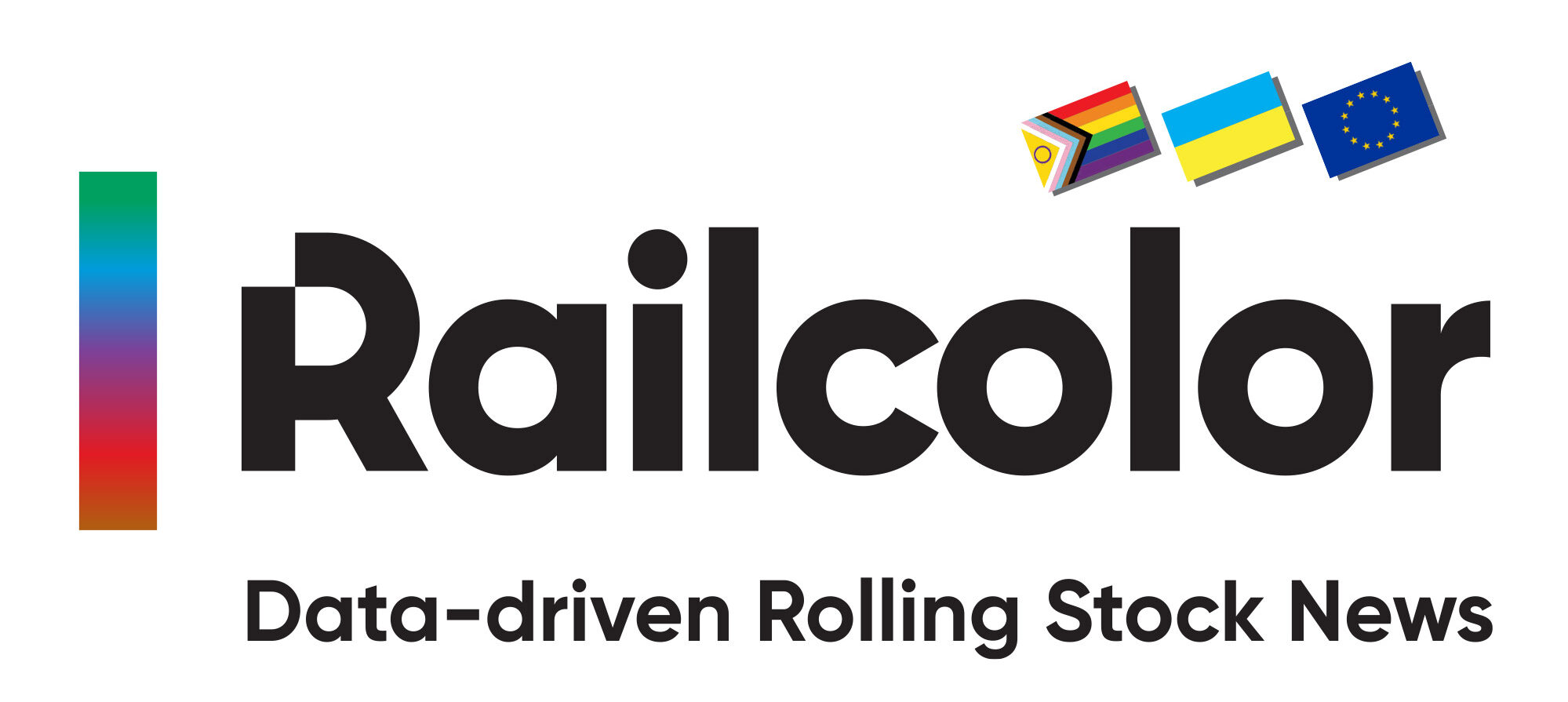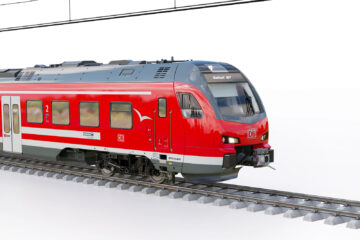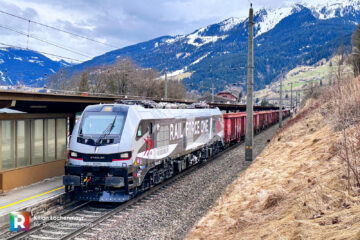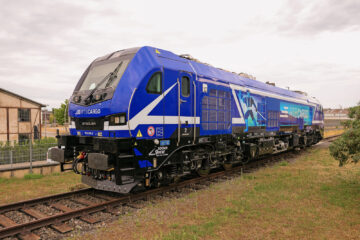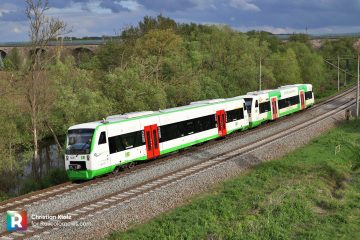While some save their big premieres for the upcoming InnoTrans, Stadler has decided to give the world a closer look at its innovative new RS ZERO trainset. It was previously teased in June, but now we got a closer look at what is being dubbed ‘The savior of regional branch lines’.
On 29.08.2024, the first hydrogen prototype unit was presented to the press at Stadler’s factory in Pankow, Berlin (DE). This new product will be the lighter alternative to Stadler’s FLIRT AKKU and Hydrogen range of trains. Its lightweight design and zero-emission operations should prove to be a cost-friendly solution to save struggling regional lines and decarbonizing them.
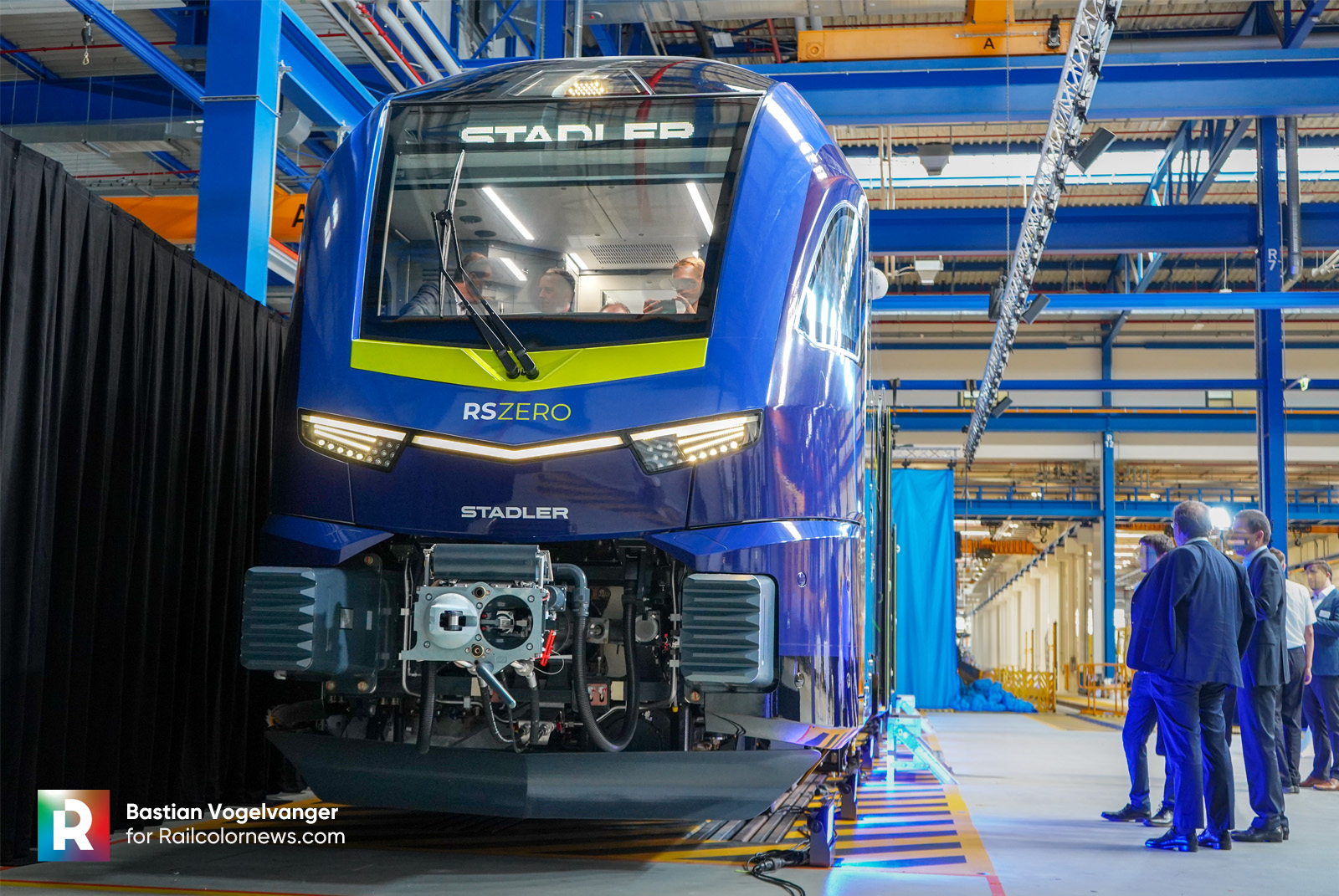
About the design
The new RS ZERO will be available in a 1- or 2-car(!) configuration, with either Hydrogen or battery propulsion systems. What is interesting here is that the battery version will also be capable of fully electric operations where catenary is available (aka, it’ll have a pantograph!). Most of the components now be placed on the roof and have been constructed with Stadler’s usual modular aluminum building method.
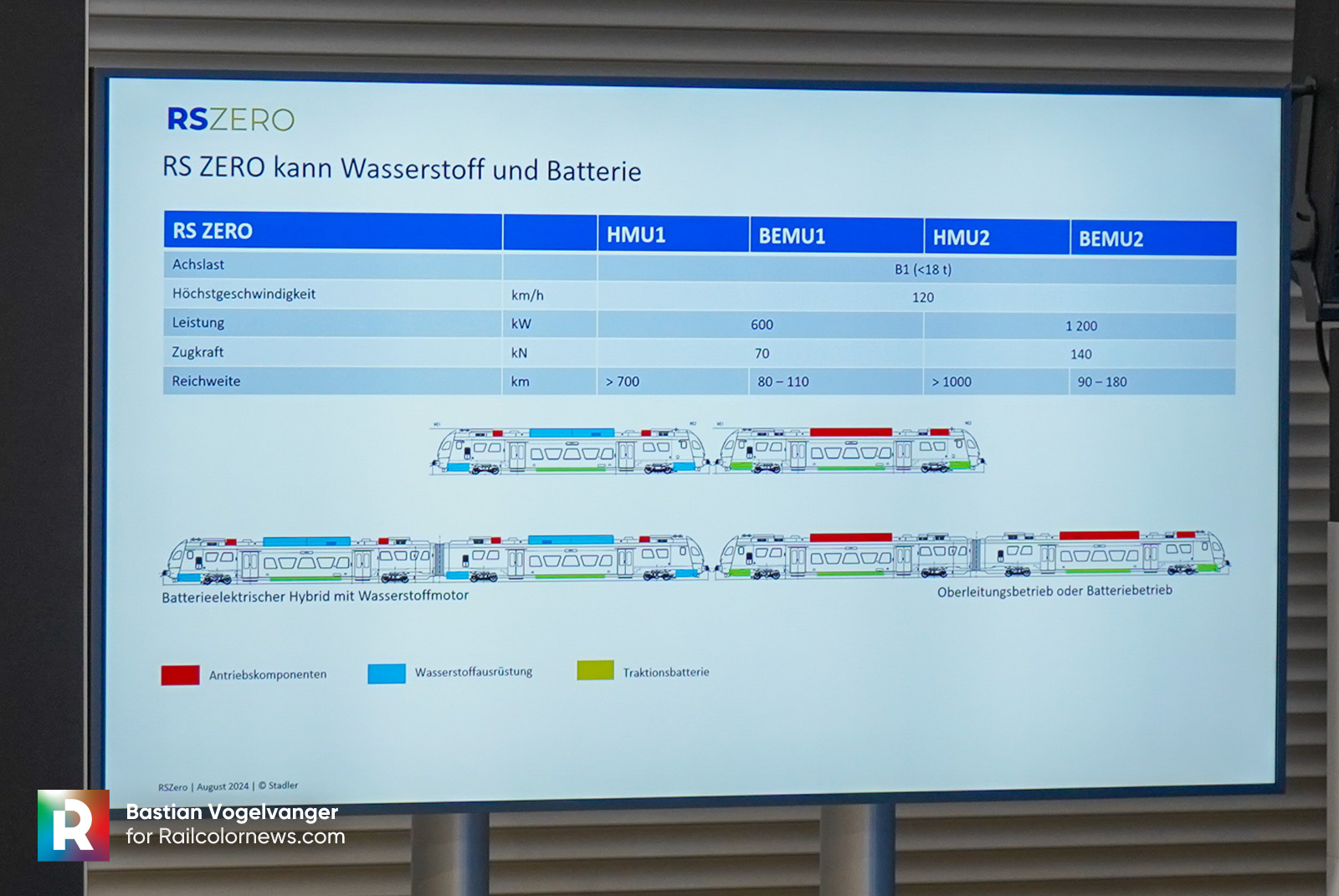
- Top speed: 120km/h
- Range (Hydrogen): 700 km (1-car) / 1000 km (2-car)
- Range (Battery): 80-100 km (1-car) / 90-180 km (2-car)
In terms of the range for the battery version, these statistics are measured by when the batteries have reached the end of their service life. Stadler will thus guarantee this range, even when the batteries start to deteriorate.
The fully new design will be fully TSI compliant (including PRM toilets, etc) and can be equipped with ETCS. A fun nod to the past comes in the form of diagonal windows, previously found on the older generation RS1.
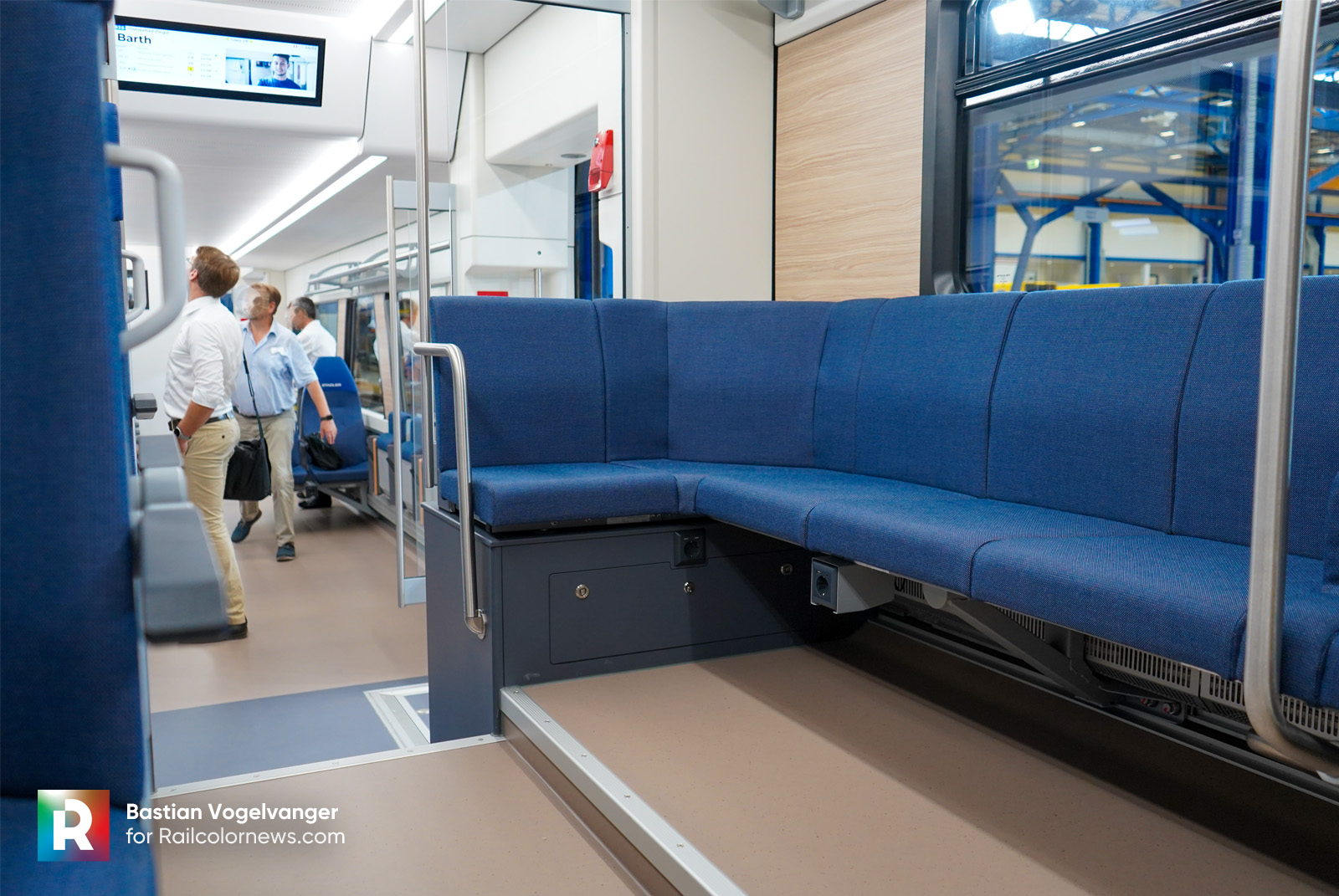
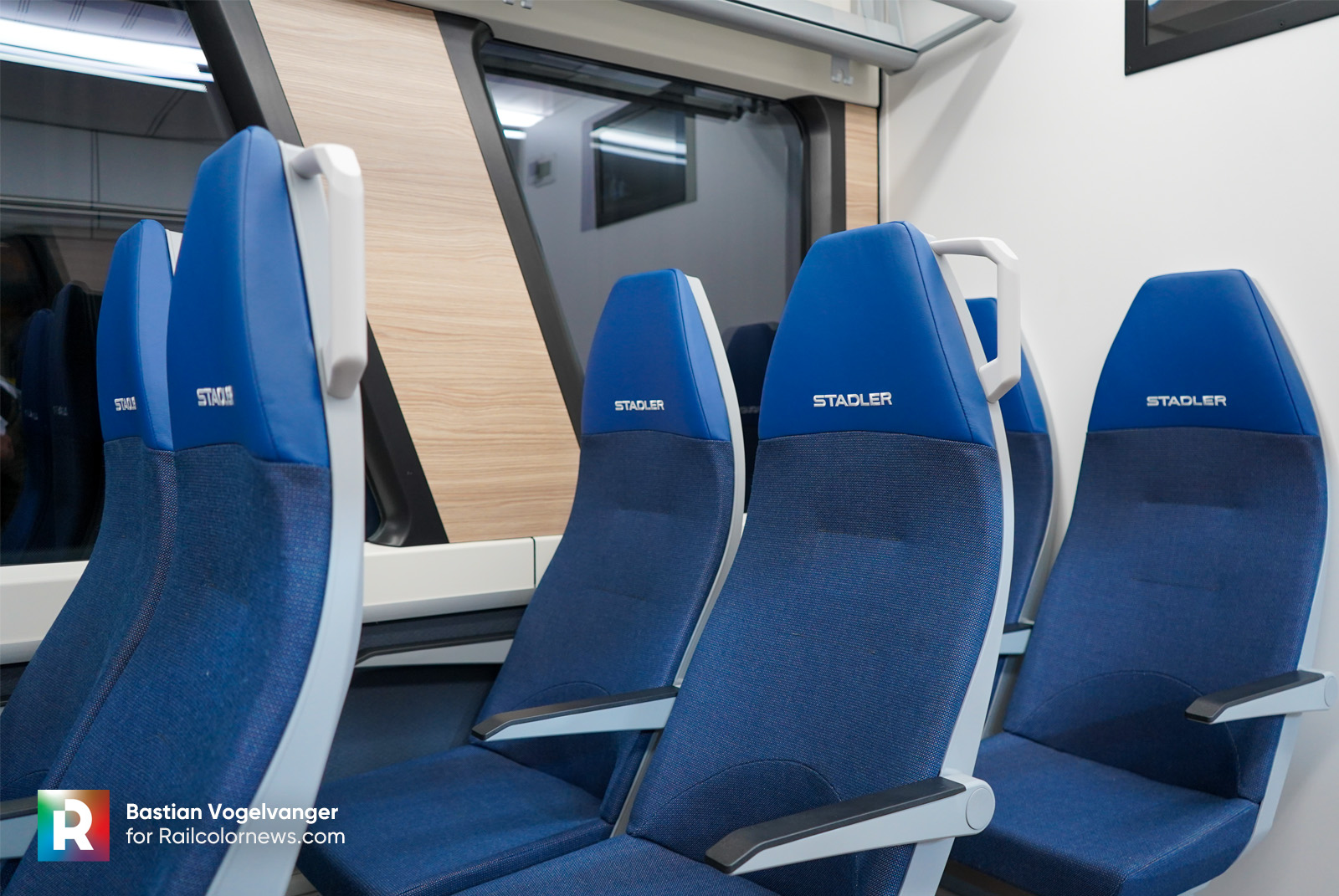
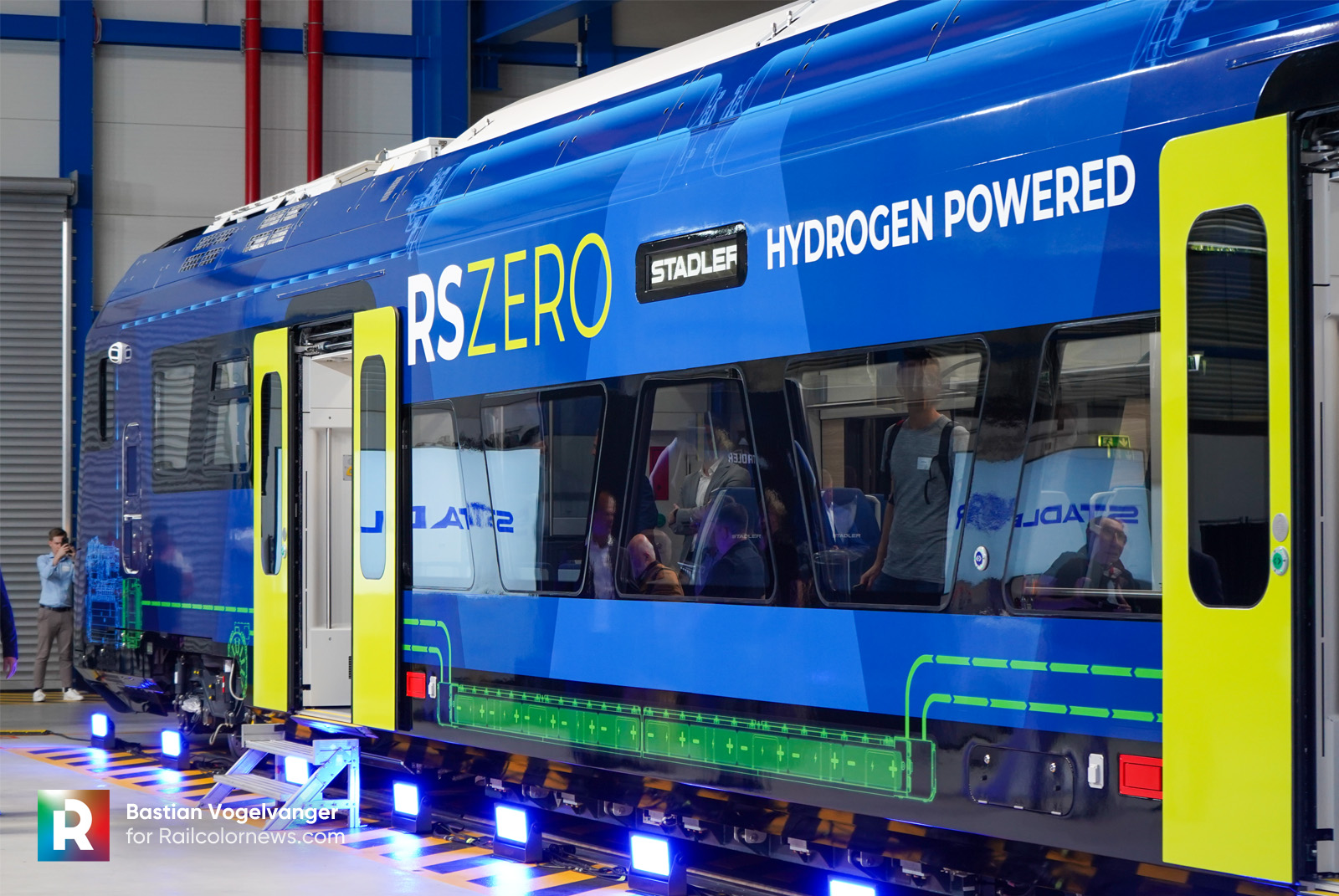
What is it for?
The new RS ZERO will primarily be a solution for the German market, as the country is falling behind on its electrification efforts. Only 62% of the country’s rail lines are electrified, with only 80km of new track getting their catenary per year now. The market that the RS ZERO aims to catch, however, is the lines where electrification will likely not happen at all.
This does not mean the new platform will be limited to Germany however, as it can likely be put to good use in other European countries too. So far, a first customer has not been announced yet, however, this prototype will be presented at this year’s edition of InnoTrans in Berlin to show to potential customers.
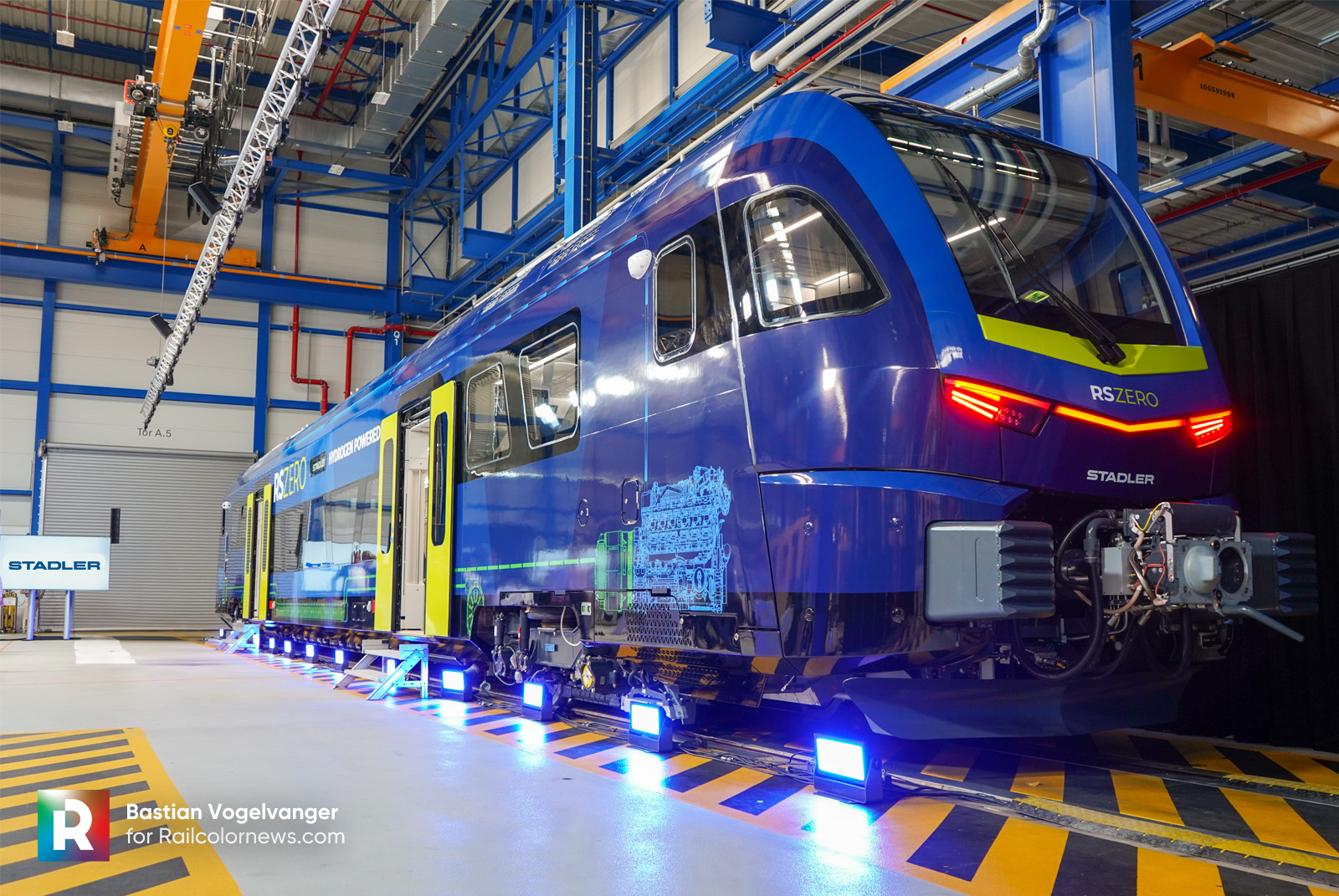
Some background
As previously said, the RS ZERO will be the successor of the RegioShuttle or RS1 which was built from the late 90s to the early 2010s. Not all units have been built under the Stadler flag, however, as the platform was originally conceived by Adtranz. This company was subsequently taken over by Bombardier in 2001 and was required to sell the platform and its facility in Pankow, Berlin.
As the old RS1s run on diesel and are still very popular with operators, the demand for a new model has apparently been strong enough to develop a brand-new product.
The Stadler Pankow facility has recently seen 100 million EUR in investments and expansions and mainly serves as extra production capacity for the German market. Products currently in production at the facility are the FLIRT AKKU for the Pfalznetz (also on InnoTrans 2024) and new U-Bahn trains for Berlin (Class J and JK).
